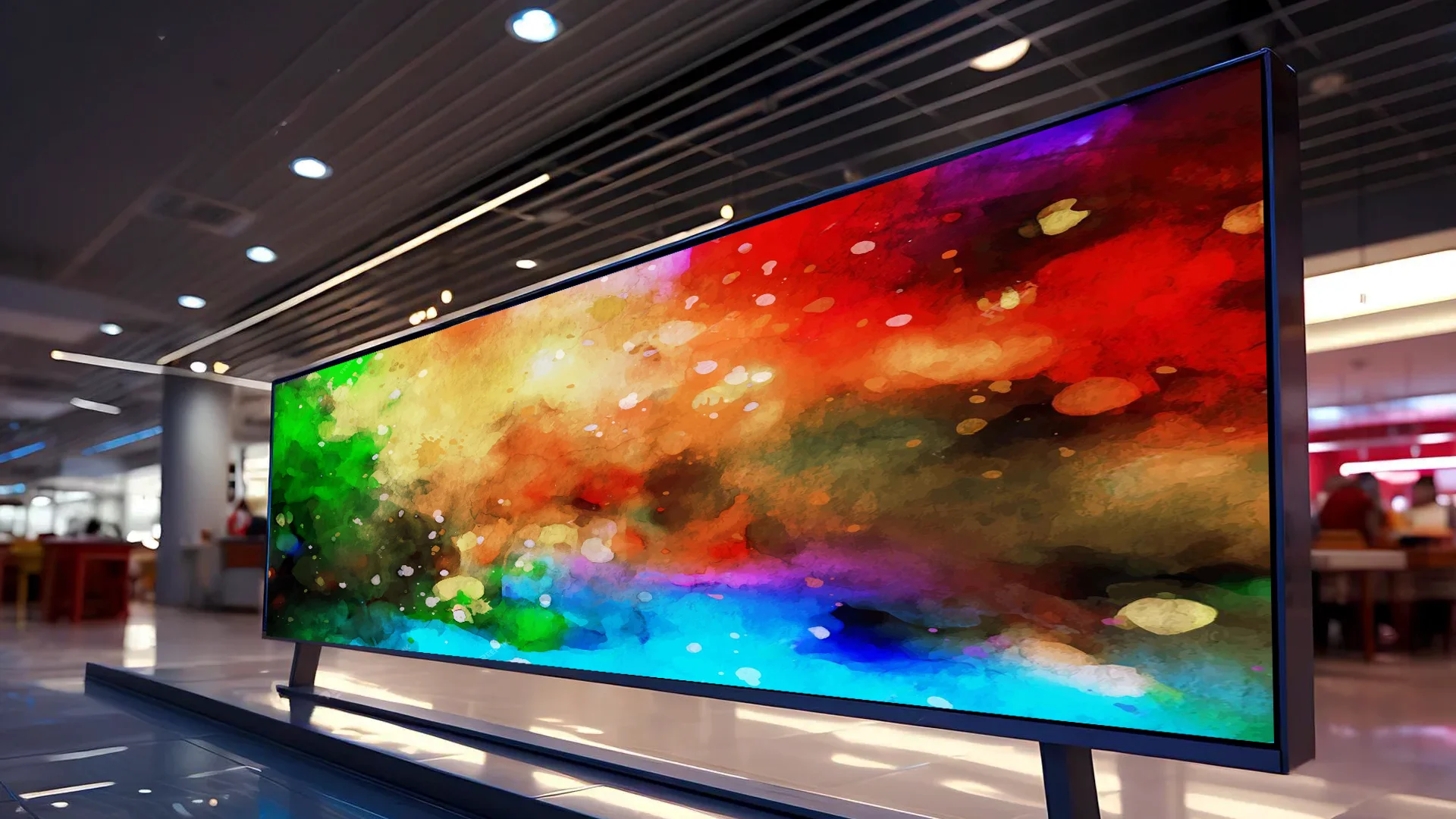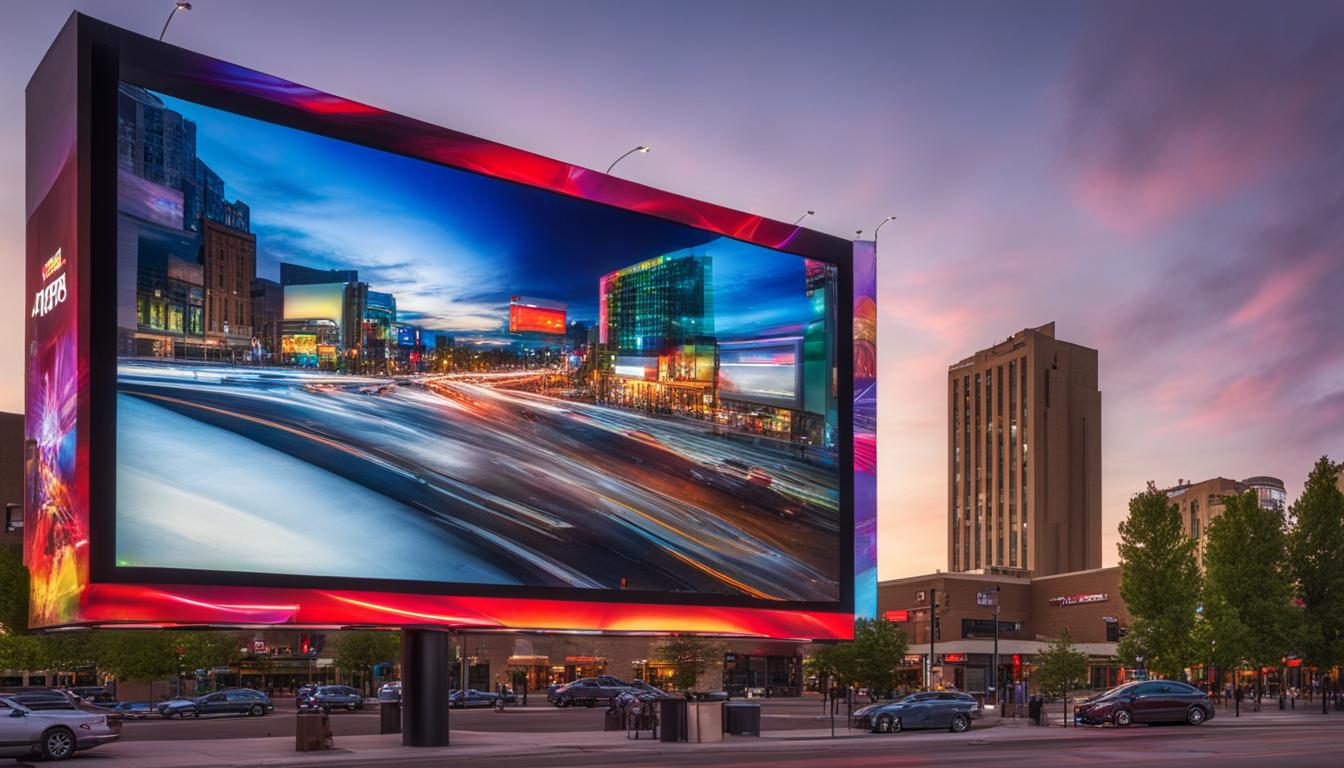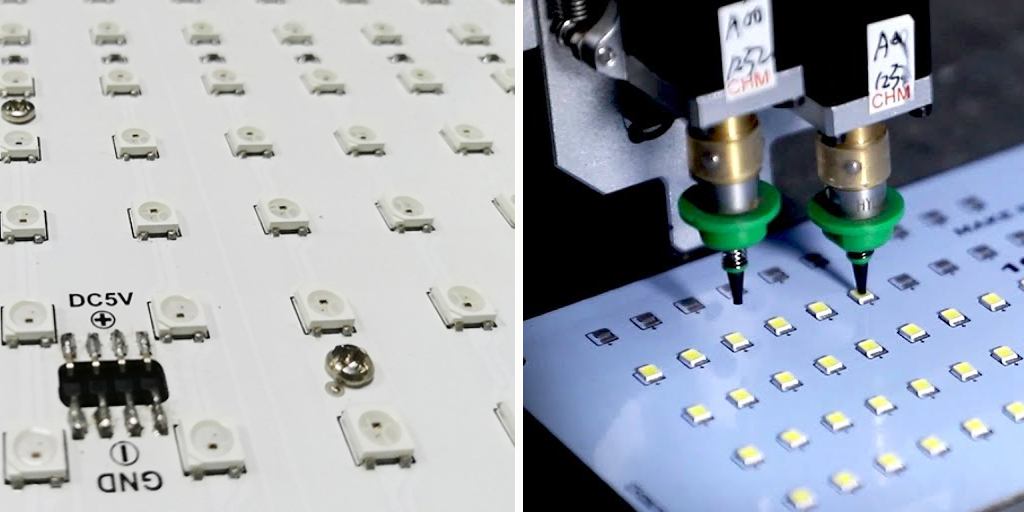What to Look for in an Indoor LED Panel Display?
What to Look for in an Indoor LED Panel Display? Indoor LED panel displays have become a powerful tool for businesses, events, retail, and corporate environments. They combine high-quality visuals with flexibility, helping brands capture attention, communicate messages effectively, and elevate the customer experience. But with so many options on Read more



